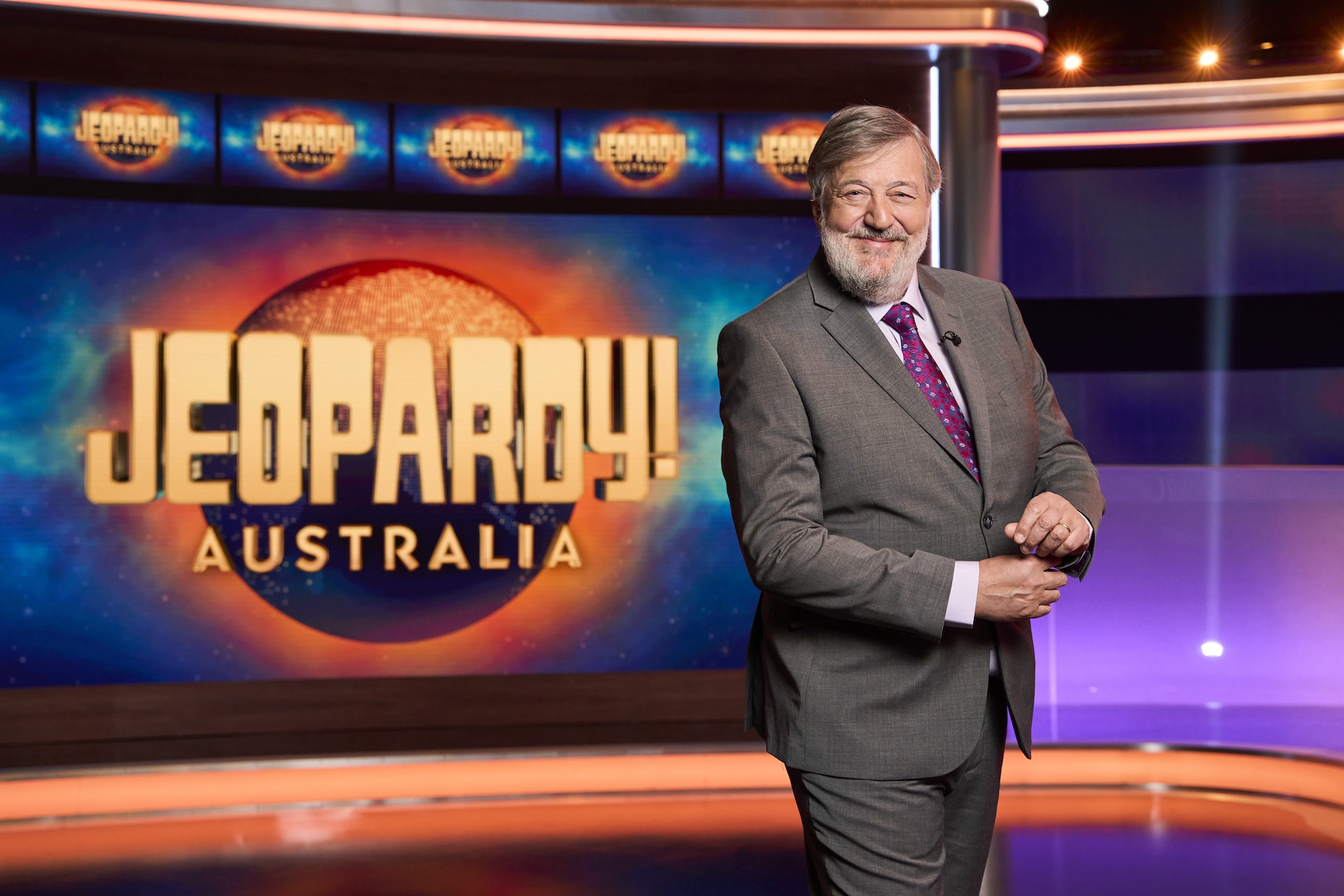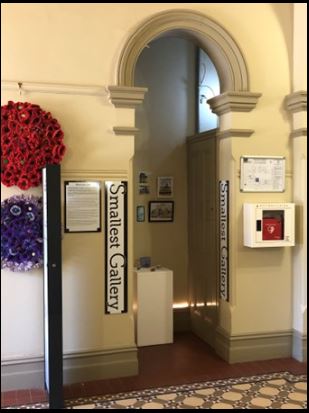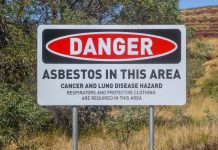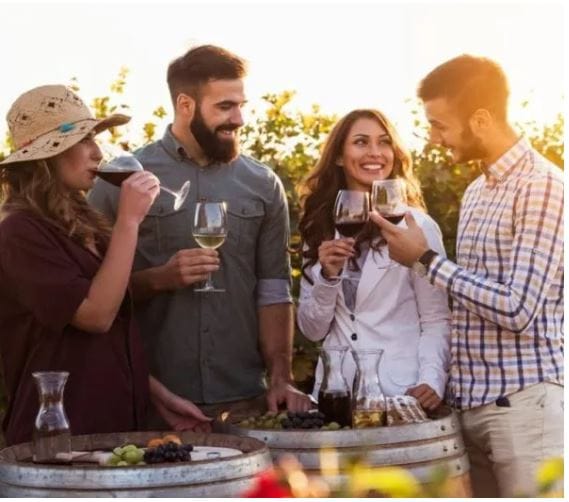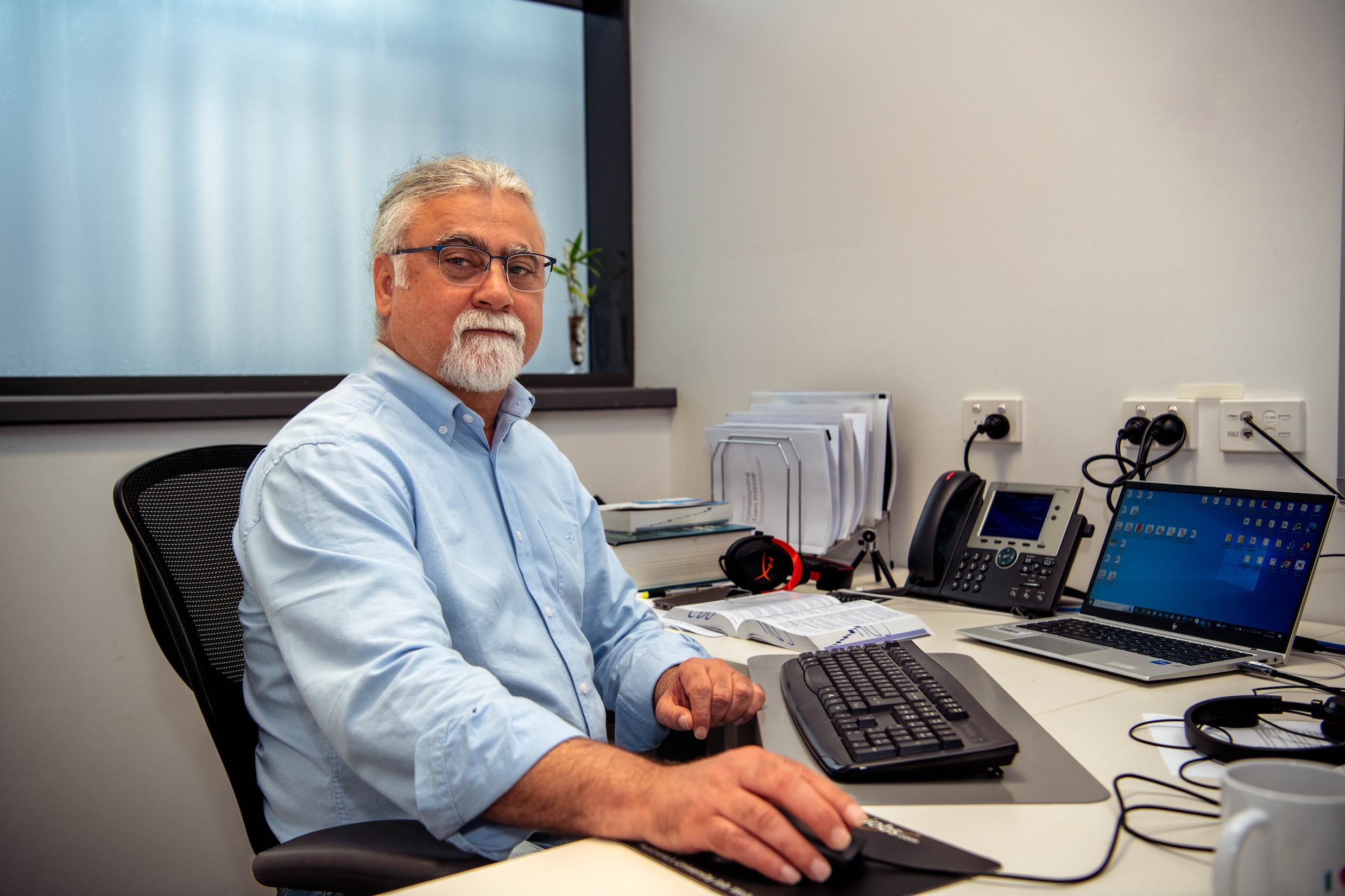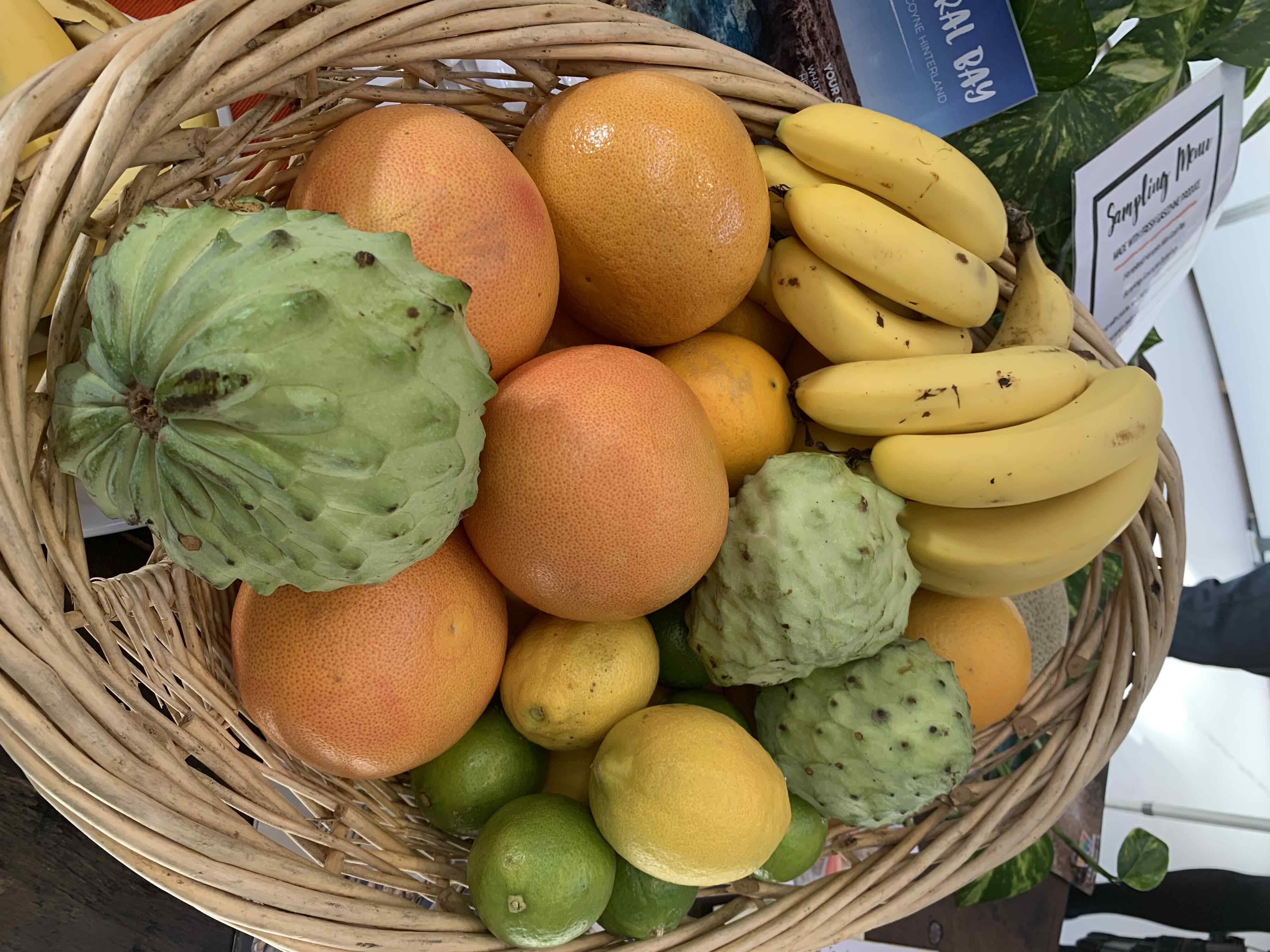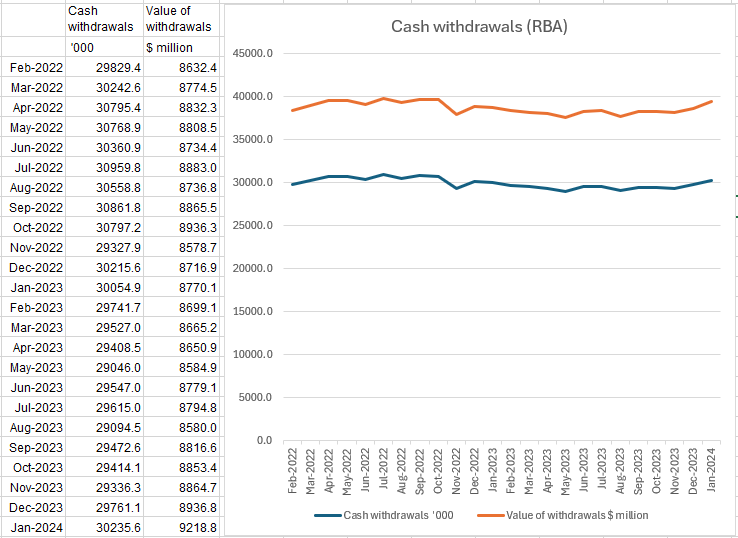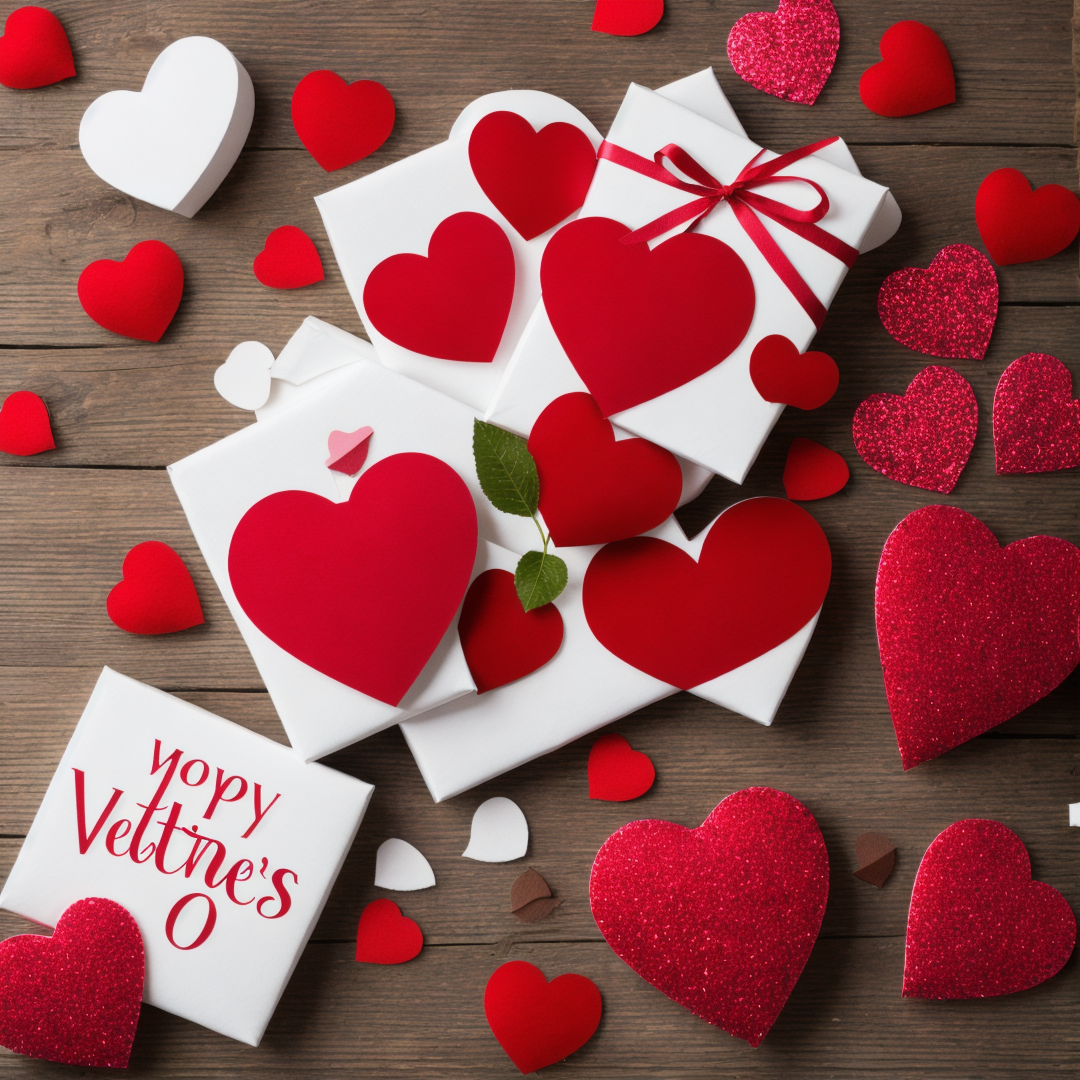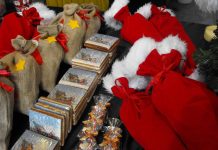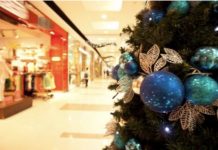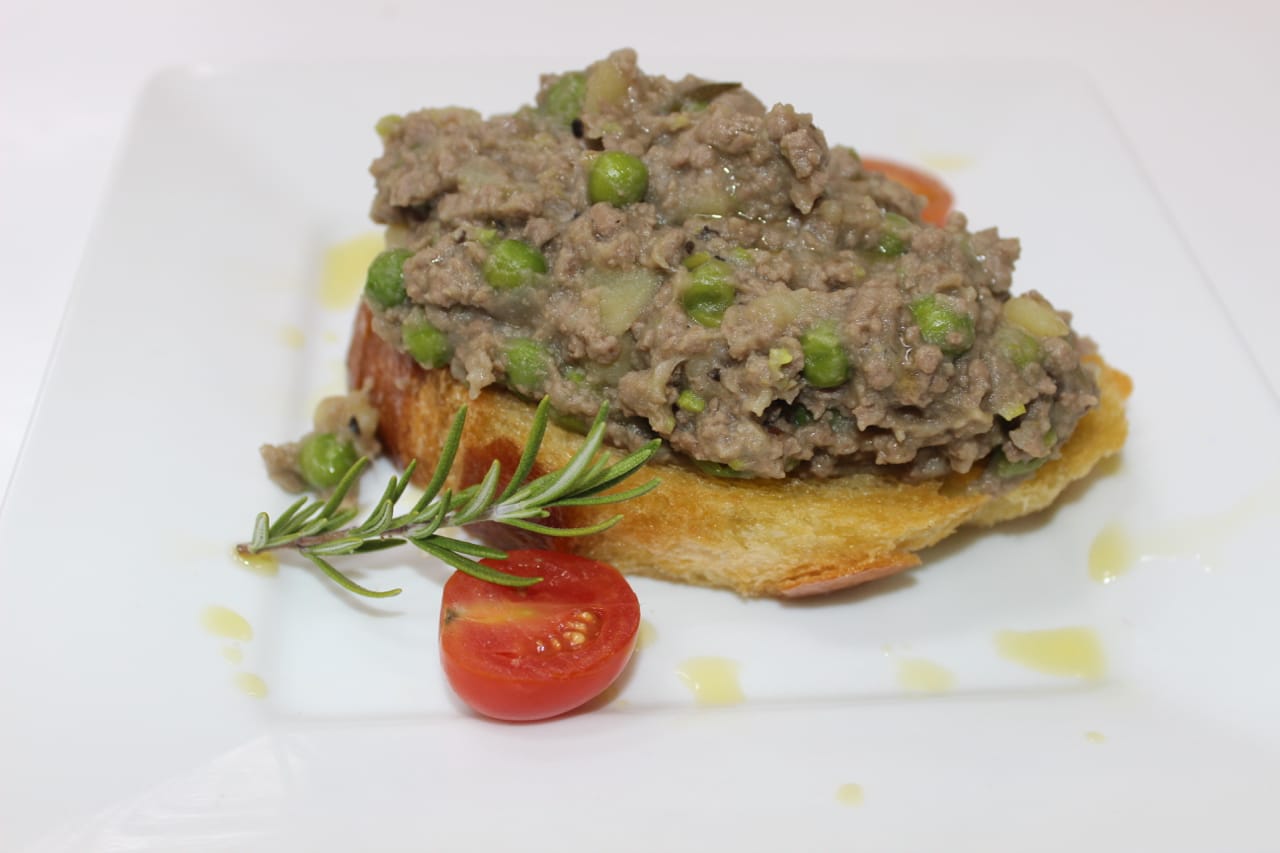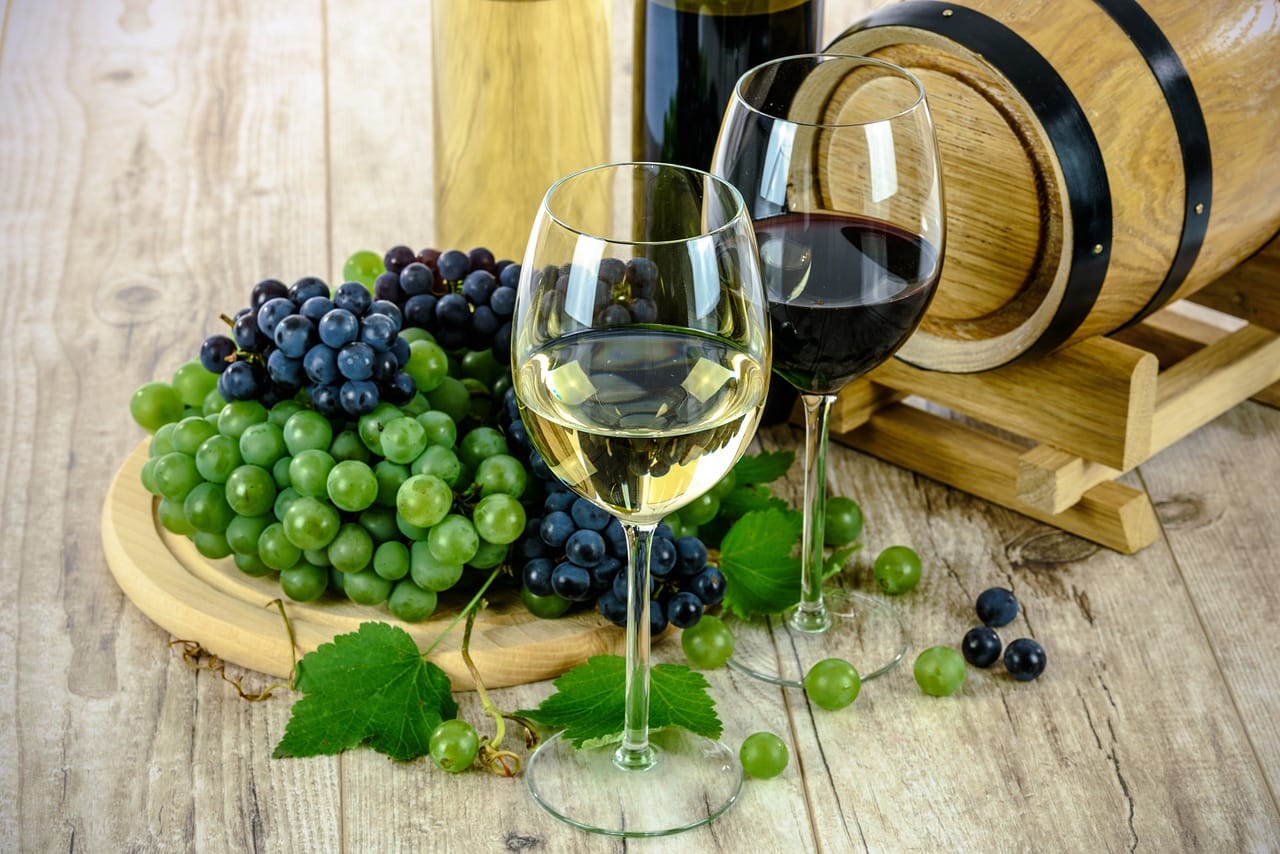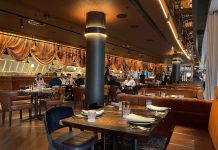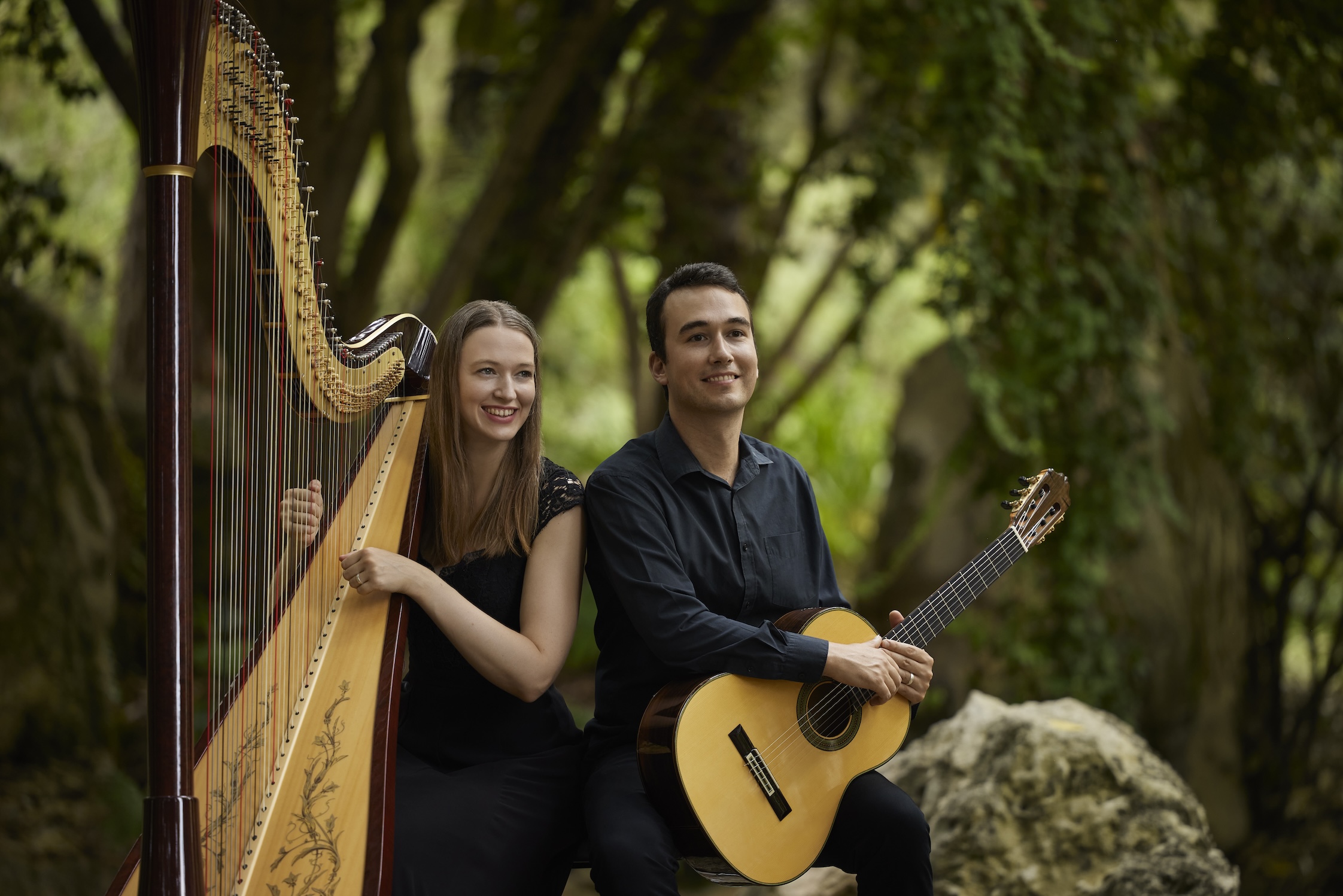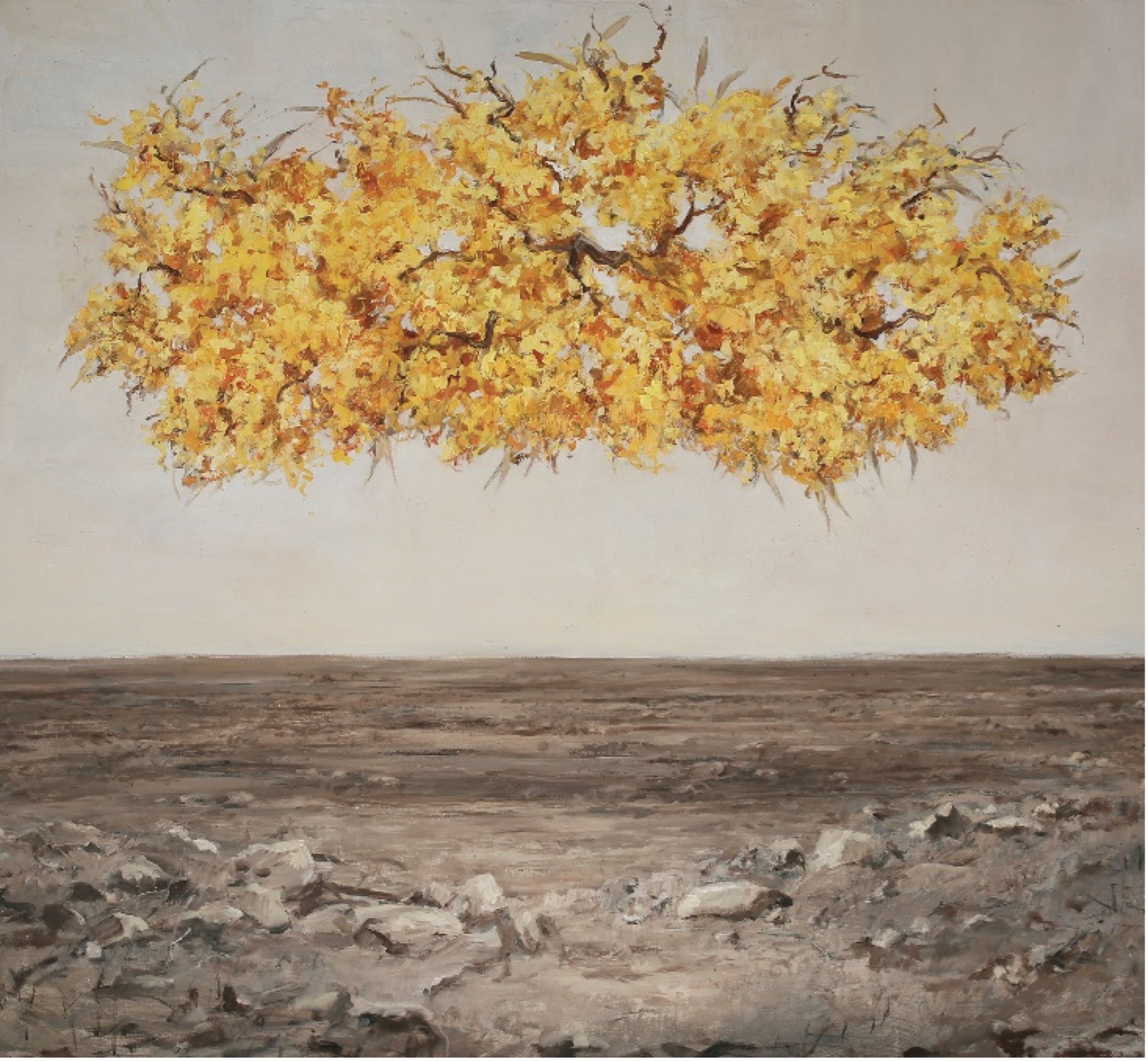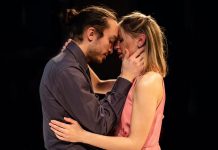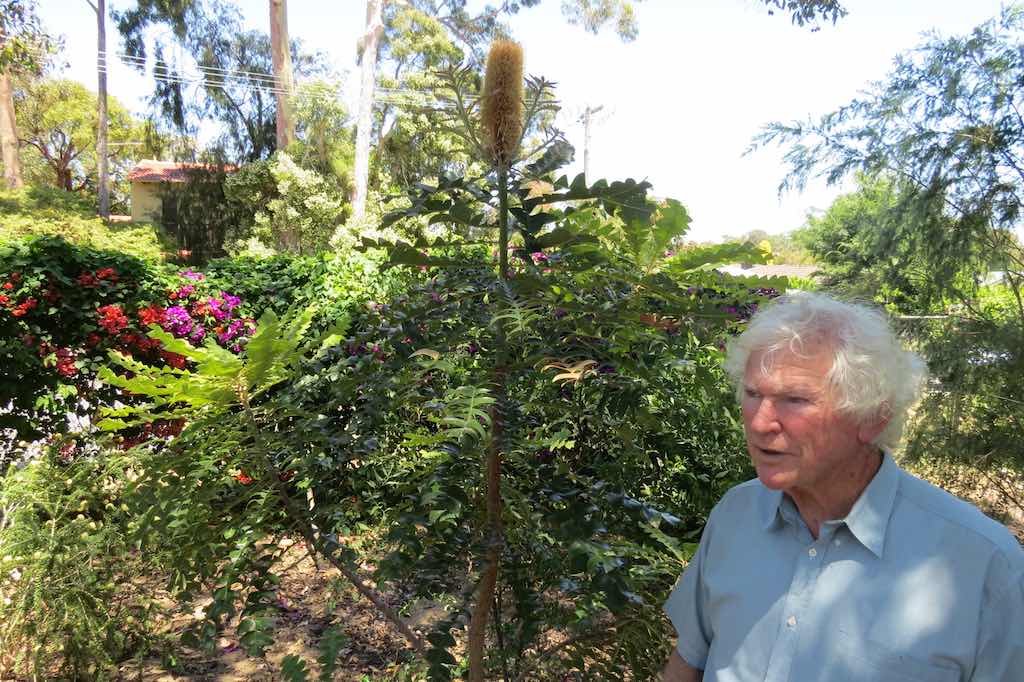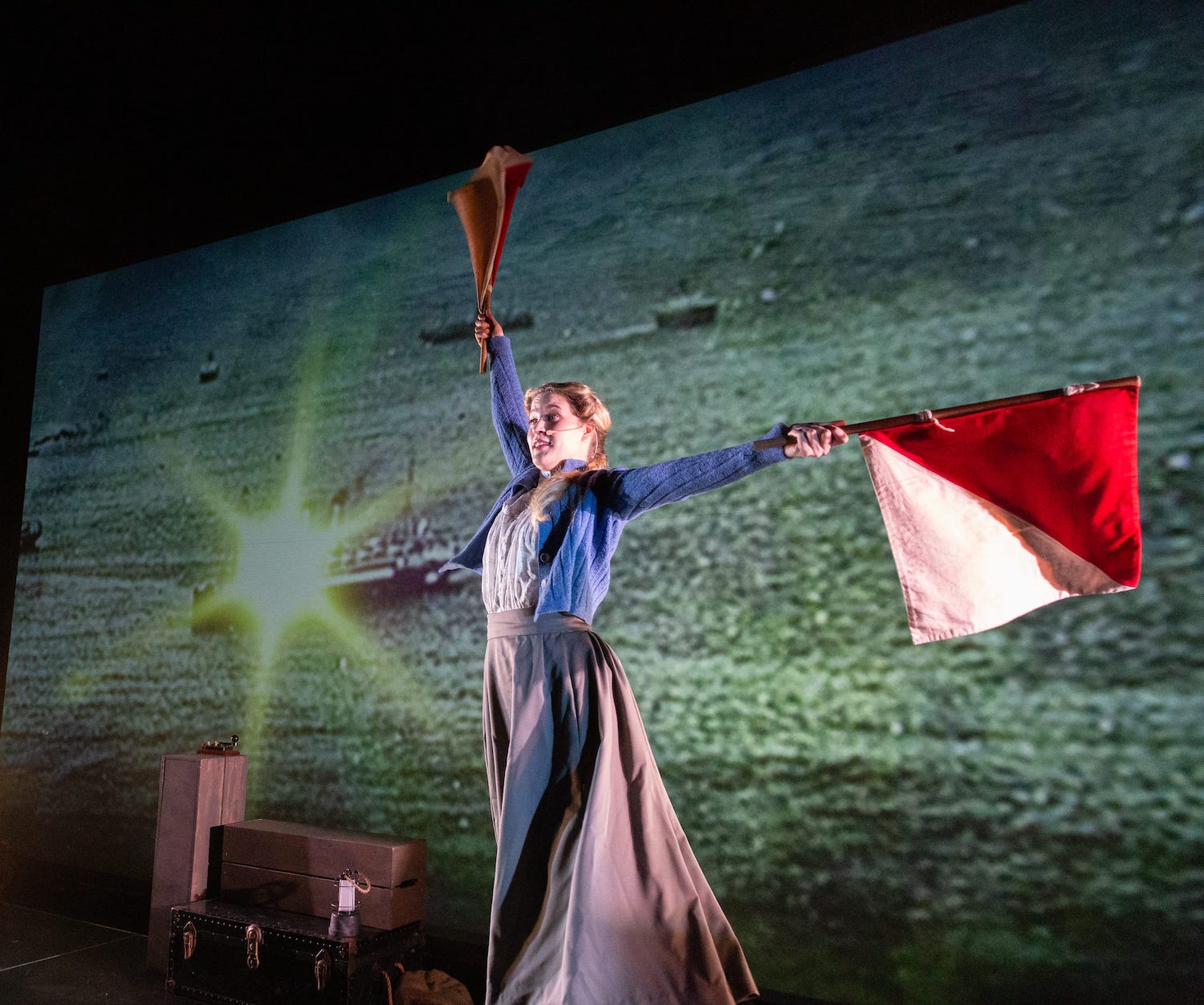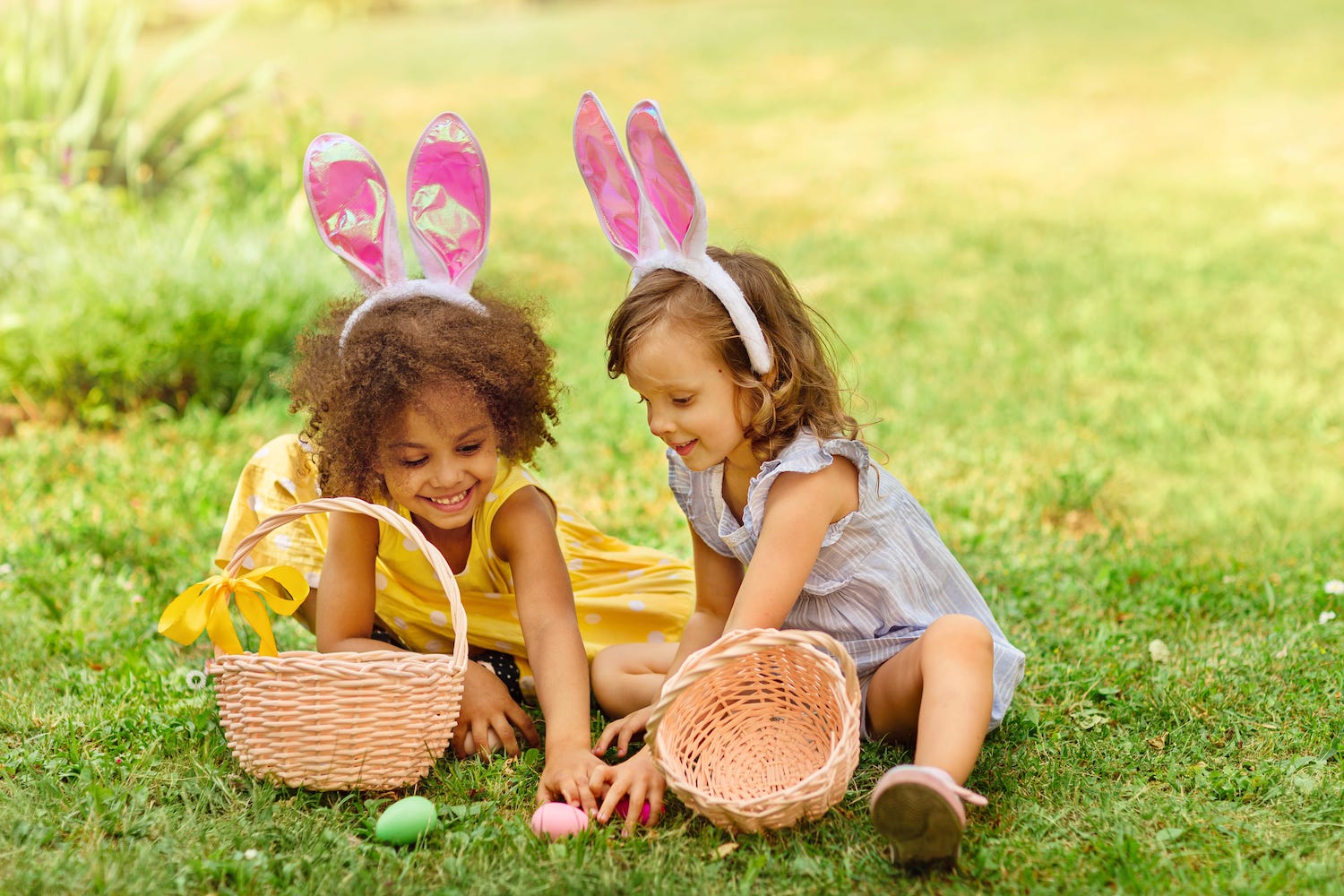Alex George made a fateful decision at school that helped him become a West Australian botanical legend.
Having no idea of what to do after leaving school, Alex persisted for five years with Latin studies. Every other Wesley College student had dropped out.
Alex had a teacher to himself for the final two years and he excelled. Latin, being fundamental to botanical names, gave Alex a vital edge.
“It was very helpful to have a one-on-one with the teacher,” smiled Alex.
Just shy of 80, Alex has set many botanical benchmarks with a host of plants named after him and with 18,000 of his plant specimens now in the Western Australian Herbarium.
Alex told Have a Go News he’s currently writing a book, updating the meaning of WA plant names, following the work of the late Ali Sharr, state librarian from 1953 to 1976, who’d asked Alex to further develop his book.
“I’ve got a list of half a dozen books I’d like to do – an historical one as well,” he said.
Alex, fascinated by historical links to botany, is a keen student of pioneers, dating back to William Dampier’s arrival in 1699.
“People who became flora collectors are a particular interest of mine. Specimens collected by Dampier are still at Oxford University 300 years later,” he said.
Born in East Fremantle, Alex graduated with a Bachelor of Arts at UWA and added a major in botany.
In 1959 he joined the WA Herbarium as a technician and later became a taxonomist.
He spent 12 years in Canberra as foundation executive editor of the Flora of Australia project with the Australian Biological Resources Study.
Returning to Perth in 1993, Alex set up as a consultant botanist, editor, indexer and establishing Four Gables Press in 2002.
With field work taking Alex throughout Australia – where his pilot’s licence came in handy a couple of times – Alex’s interests included classifying WA orchids.
His impressive record shows him to be an expert in Banksia, Dryandra and Synaphea, Verticordia and Calothamnus and the endemic Australian family Gyrostemonaceae.
Alex has written 200 botanical papers and (as sole or joint author) 14 books. He has edited 14 volumes of the Flora of Australia, 14 volumes of the supplementary series to the Flora, 50 books and indexed another 27.
In the 1970s, as a member of the Conservation Through Reserves Committee, he helped review WA’s conservation reserves.
Having a long association with the Royal Botanic Gardens, Kew, Alex is the only botanist to have served two terms as Australian Botanical liaison officer. He was president of The Kew Guild in 2010–11.
He is a former president of the Royal Society of WA and was awarded the Nancy Burbidge Medal of the Australasian Systematic Botany Society and an honorary Doctorate of Science by Murdoch University.
In 2012, Alex was made a Member of the Order of Australia and three years later was awarded the Wildflower Society Award of WA’s Wildflower Society.
He is a life member of the International Association for Plant Taxonomy and an Adjunct Associate Professor at Murdoch University.
The Restionaceae genus Alexgeorgea was named in his honour in 1976.
Alex said new WA plants species are being discovered all the time.
“Since 1996, some 2,000 species have been added to the state flora list,” he said.
Alex maintains his own garden on a large Perth suburban block where, in a city blighted by sandy soil, he’s blessed with Tuart soil – brown on the top and yellow underneath.
Alex’s garden, a mix of exotics, WA native plants, roses and lawn, featured on TV program Gardening Australia.
West Australia flora is world-famous. But is it truly that magical and exclusive?
“It really is,” says Alex. “There are more than 72,000 species with seven to 8,000 just in the south-west. Botanists find Western Australian plants fascinating under the microscope.
“To identify yourself as coming from our areas makes a good visiting card,” laughs the legend.
“Botanists in other countries drool with envy when they meet someone with a knowledge and experience of West Australian plants,” he said.




